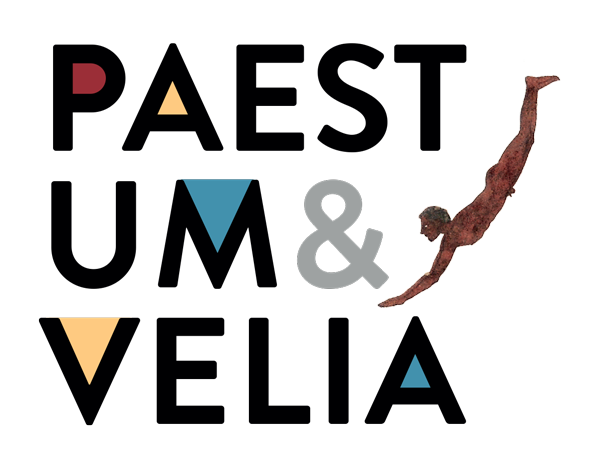Come se non bastasse…
L’immagine che, di solito, si percepisce di Paestum è quella di una città greca, con i suoi maestosi templi e le possenti mura. Ma la piattaforma calcarea su cui sorse Poseidonia era abitata sin dalla Preistoria, quando l’uomo, nomade, viveva di caccia e di raccolta, alla ricerca continua di risorse.
Quando l’elemento dominante sarà il metallo, estratto e fuso in lega, nasceranno nuove figure come quella dell’artigiano metallurgo e l’attività pastorale avrà un notevole impulso, rispecchiata dalle ceramiche come bollitoi, recipienti per accogliere il caglio e conservare i formaggi.
Il 9 Settembre 1943 le truppe alleate sbarcarono sulle nostre coste. Durante i lavori per la realizzazione di un aeroporto militare in località Spina-Gaudo, utilizzarono come cava un banco calcareo dove si scoprì una vasta necropoli eneolitica. A indagare la necropoli e un’équipe archeologica guidata dal ten. J.G.S. Brinson. L’importanza di questa scoperta si evince la fatto che la necropoli ha dato il nome a una intera cultura preistorica: quella detta appunto “del Gaudo”.
Le tombe presentano una pianta precisa: un pozzetto d’accesso verticale introduceva in una o due celle sepolcrali chiuse da una lastra di travertino. In queste tombe si ritornava periodicamente per nuove deposizioni o per manomettere i resti già sepolti.







